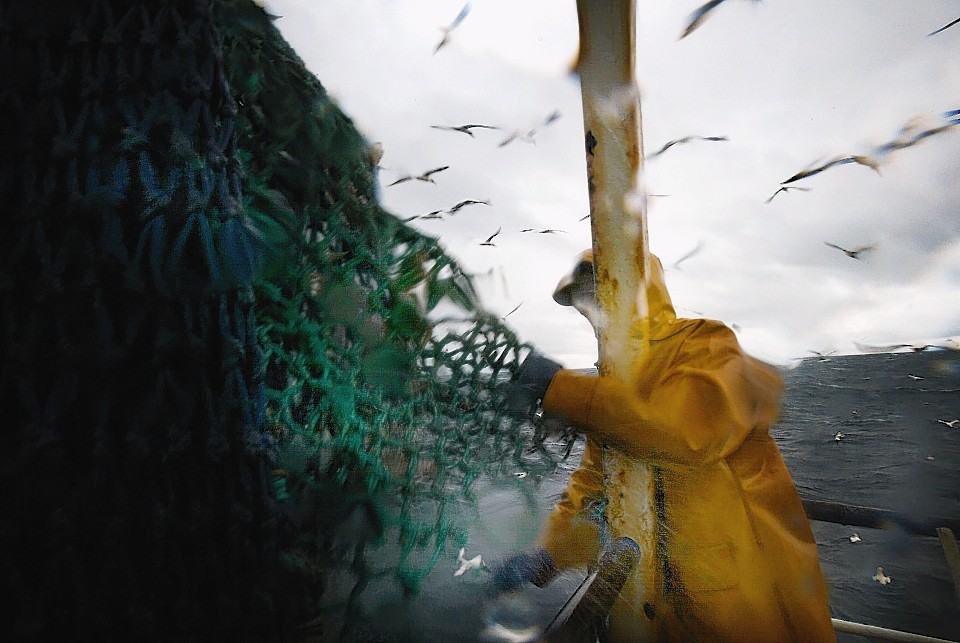A ban on the wasteful practice of fish discards will be introduced in phases from January 1. Keith Findlay explains how discards happen and why they are to be stopped
Ending the dumping of mainly dead fish back in the sea is a no-brainer for the industry, politicians and consumers.
A few years ago, more than half the white-fish catch in the North Sea was thrown overboard because the fish were the wrong size or the skipper had run out of quota.
Fishers themselves, Scottish Fishing Secretary Richard Lochhead and many others complained for years about the nonsense of throwing so much fish away.
Endless quota-cutting only made the situation worse and, arguably, did nothing to help conserve at-risk stocks.
But the European Union took action to end discards only after celebrity chef Hugh Fearnley-Whittingstall raised public awareness about the practice on his Fish Fight TV shows.
Discards are to be phased out between January 1, 2015, and 2019, and fishers will be obliged to land at least 95% of their total catch.
But the industry, which in Scotland has worked hard to reduce discards and protect stocks through various conservation initiatives, now fears that plans to implement the new ban are fatally flawed.
Fishing chiefs say it could lead to nets full of species that are in abundance but carry very little quota, and also claim skippers will be in breach of existing rules by complying with the ban.
It is unclear how the ban, which hits Scotland’s valuable mackerel fleet from January 1 and the white-fish sector a year later, will be policed.
On-board observers or CCTV cameras could become mandatory, which raises the question of who would pay for them.
